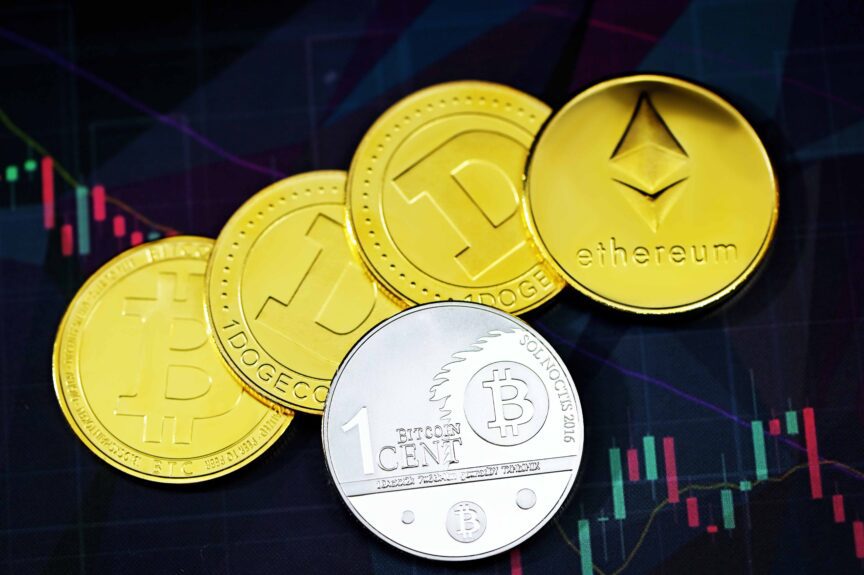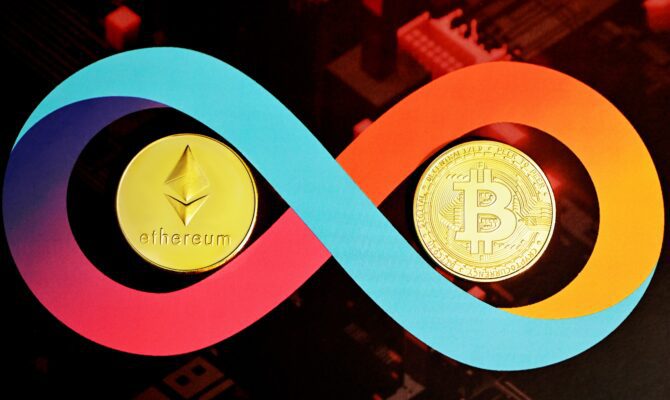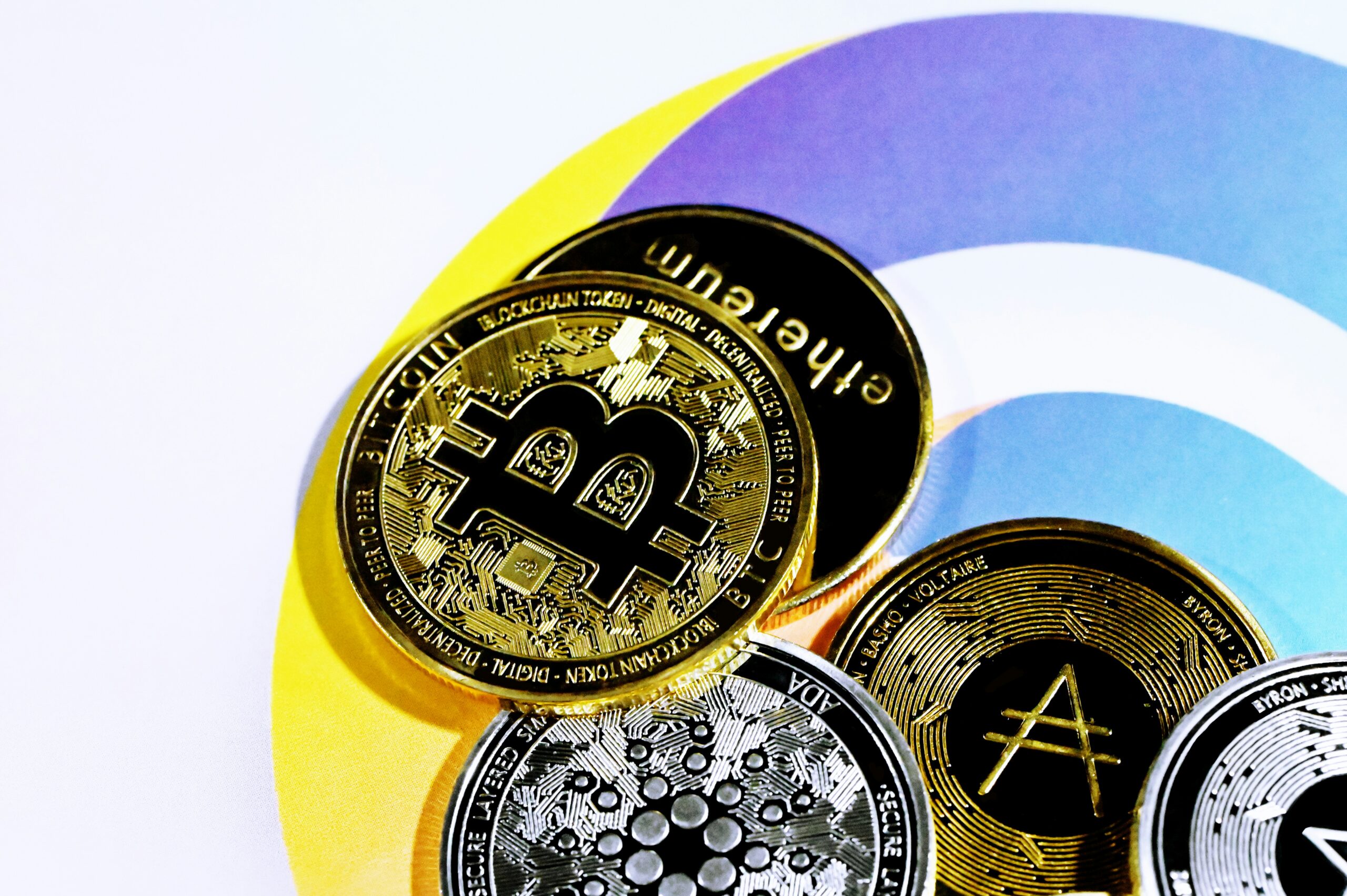
Exchanges are a big part of crypto transacting and act as an intermediary between those who are selling crypto, and those who want to buy. And depending on which exchange you use, and how much liquidity that exchange has (we’ll get to this later), the fees can vary.
A lot!
The right exchange can make buying crypto quick, easy and painless, but the wrong one can slow everything down and potentially cost you hundreds of dollars in fees.
So, to help guide you through the world of exchanges safely, I’ve put together my top tips and a list of the most reputable and trustworthy exchanges that I personally use.
Let’s dive in.
1. Choose an exchange that makes life easy
Not all exchanges are created equal and some can be intimidating for a beginner (Bitfinex and Binance I’m looking at you!).
So if you’re new to crypto and want simplicity, I highly recommend Coinspot and Independent Reserve. Both are beginner-friendly, trustworthy exchanges that allow you to swap your fiat currency for crypto, which not all exchanges do (this process is called on-ramping).
2. Location, location, location
I know what you’re thinking – ‘Why does the location of the exchange matter if they’re all online?’
And mostly, it doesn’t.
However! There are a few instances, especially if you’re just starting out, where you’ll want to have the added security of a local time zone or local support person.
Having someone on the other end of the phone who speaks your language and is awake when you are is something you’ll be thankful for if you ever need to use it.
3. The more convenient the exchange, the more expensive it will be.
All exchanges charge a fee and, like most things in life, you pay extra for convenience.
Take Exodus, for example. It’s a fantastic exchange that you can use from your mobile phone and even buy and sell crypto from directly within the wallets.
But all this convenience comes with a price tag if you choose to transact in this way. Which isn’t necessarily a bad thing.
When you’re starting out, it’s fine to go for a more expensive exchange until you get your head around transacting and build up your confidence. Just keep an eye on the fees and, if you’re investing large amounts, you may want to consider a cheaper exchange (check my shortlist below for recs).
4. Look for Liquidity
Liquidity refers to how easily your crypto coins can be swapped for other coins or cash. Exchanges with a good level of liquidity will have high volume and movement through that exchange.
Which becomes important if you’re dealing with large amounts.
Let’s say you invest $100k in a coin. It shoots to the moon and you end up with $1 million. If you want to sell or swap that crypto for something else, you need an exchange with high liquidity so your sell order is able to be filled. The last thing you want is for your order to be sitting stagnant for ages because your exchange doesn’t have enough buyers!
The good news is, you can check the volume of an exchange very easily by going to www.coingecko.com or www.coinmarketcap.com and clicking on exchanges.
5. Maximum limits are a thing
When you first join an exchange, you’ll be limited on how much crypto you can buy each day. For example, Coinspot has a daily deposit limit of $2,000 AUD and if you want to increase it, you’ll need to provide additional documentation.
This is a good thing to know about and prepare for in advance.
Imagine if you were wanting to spend $10k to buy a dip, only to find you couldn’t do it because you were restricted on limits?
To avoid this, I recommend registering on a few exchanges, even if you don’t use them yet. Different exchanges have different coin offerings, so you may not get what you want on one exchange (and you want to be poised and ready when the opportunity comes a knocking!).
Don’t forget about your bank limits too – you may need to increase these in advance of buying opportunities.
6. Check the trading pairs
Trading pairs refer to the swapping of one cryptocurrency for another to establish value. This comes in handy when you have a large volume to trade and you’re shopping around for the best deal.
You want to be on exchanges that have the correct trading pairs for the currencies you hold, so take this into account when choosing exchanges to register for.
The shortlist:
Here is my pick of the most reputable and trustworthy exchanges that I personally use. Feel free to save this somewhere handy.
So there you have it, my top exchange tips. I hope you found this helpful.
As an educator, it’s my job to guide people through crypto safely and I’d hate for uncertainty over exchanges to be the reason someone doesn’t get into crypto. As we all know, when it comes to cryptocurrency, it’s better to have some exposure than none!

This week we witnessed the biggest BTC pump in 16 months! Sentiment is beginning to change and speculation is in…

Well, it’s official – the exciting phase of this crypto bull market has begun! Over the last week, we’ve seen…

As we gear up for what promises to be a spectacular bear market ahead, many bullish factors are lining up.…
Register for the FREE 90 minute
Crypto Training